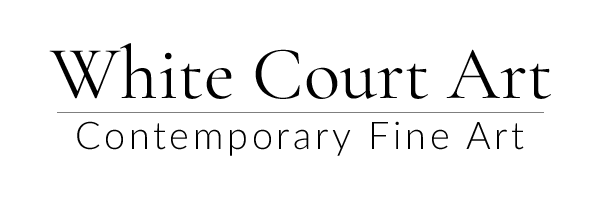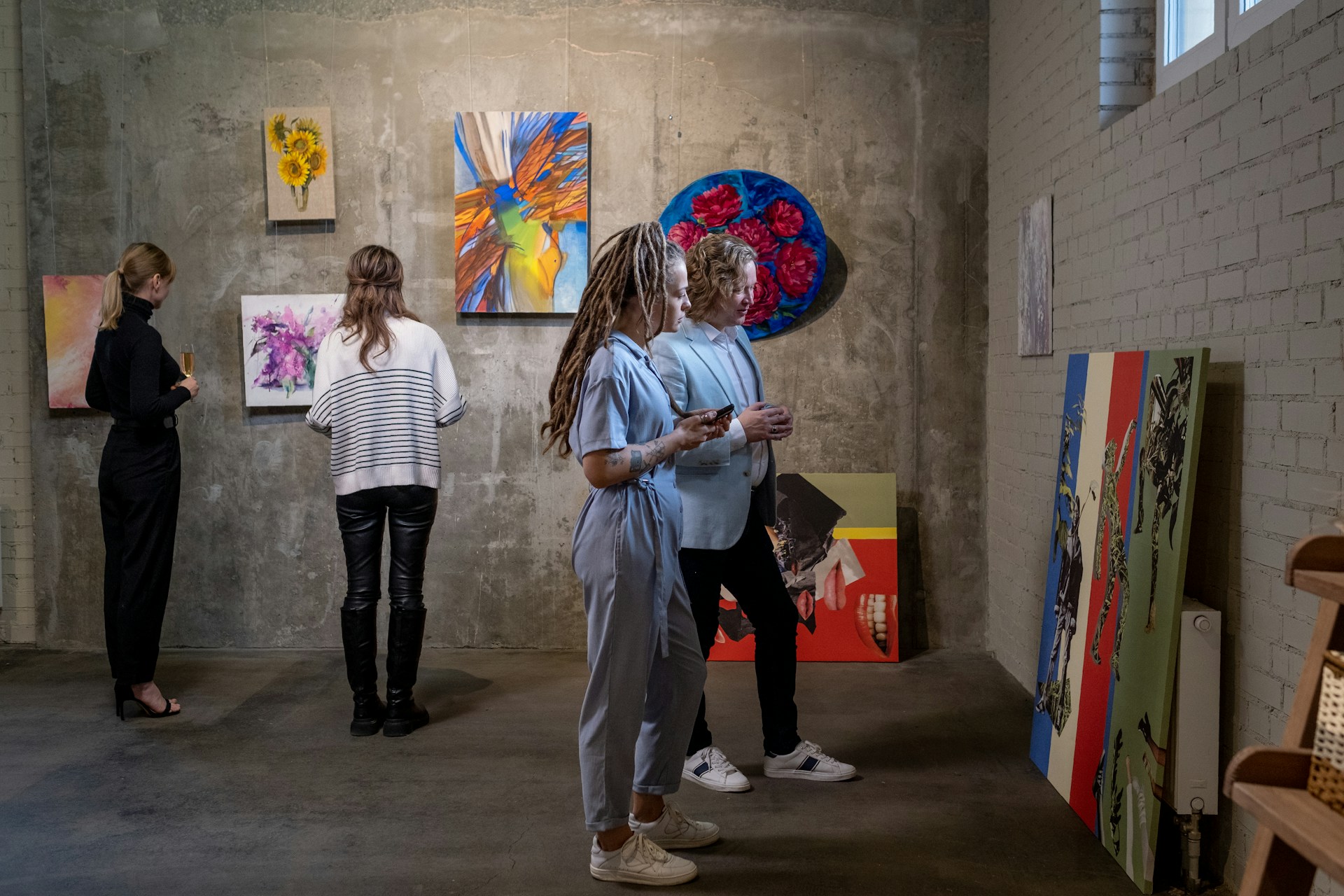British art is a rich tapestry of styles that have evolved over centuries. From the detailed landscapes and portraits of yesteryear to today’s bold and abstract creations, British art spans a wide array of themes and techniques. Understanding the journey from traditional to contemporary helps you appreciate how these styles reflect changes in society and artist perspectives.
Traditional British art is known for its detailed depictions of nature, significant historical events, and portraiture. Artists like J.M.W. Turner and Thomas Gainsborough captured the elegance of their eras with rich colours and meticulous brushwork. These works serve as windows into the past, offering glimpses of life as it was.
Today, contemporary styles express the diverse influences of modern life. Artists experiment with various materials and techniques to showcase personal narratives and global themes. This evolution in art mirrors the dynamic changes in culture and technology. It invites you to explore how the essence of British art continues to shape and be shaped by the world around it.
Exploring Traditional British Art Styles
Traditional British art is steeped in history, with landscapes, portraits, and historical scenes serving as common themes. These works often depict the serene beauty of nature, capturing rolling hills and majestic coastlines. Artists like John Constable became renowned for their detailed landscapes, portraying every leaf and shadow with precision.
Portraiture is another hallmark of traditional British art. Artists meticulously captured the likeness and status of their subjects, often painting royalty and notable figures. The attention to detail not only immortalises their subjects but also offers insight into the fashion and social norms of their time.
Historical scenes form an important part of traditional art, with works depicting key events like battles or royal ceremonies. These paintings carry historical narratives, allowing viewers to witness significant moments from the past.
Traditional artists employed specific techniques to achieve their detailed works. Oil paints were a staple, valued for their rich colours and versatility. Artists layered these paints to create depth and refine details. Canvas and wood were popular surfaces, providing a sturdy foundation for these elaborate works. Techniques like chiaroscuro, using contrast between light and dark, added drama and dimension. Through these methods, traditional British art remains a testament to the skill and vision of its creators.
Evolution into Contemporary Art Styles
Contemporary British art has evolved significantly from its traditional roots, embracing changes in society, technology, and cultural exchange. This transformation began with influences from global art movements and marked shifts in social attitudes. By looking beyond their immediate surroundings, artists began to explore new subjects and motifs, which opened up diverse avenues for creativity.
The introduction of abstract styles signalled a notable shift in British art. Artists moved away from literal representations, focusing instead on emotions and ideas. This change was influenced by movements like Cubism and Surrealism, which encouraged artists to break free from conventional forms. As artists experimented with abstract expression, they began to embrace vibrant colours, bolder lines, and innovative compositions.
The themes explored in contemporary art also reflect broader social changes. Issues such as identity, politics, and the environment take centre stage, providing commentary on the world today. Artists draw inspiration from urban life, technology, and cultural diversity. This approach resonates with modern audiences, encouraging reflection and dialogue.
Technological advancements have also played a crucial role in evolving art styles. Digital tools and mixed media techniques offer new ways for artists to express themselves. This evolution in materials and methods pushes the boundaries of traditional art, creating dynamic pieces that capture the complexities of contemporary life. Through these shifts, contemporary British art continues to innovate and inspire.
Comparing Techniques and Materials
The contrast between traditional and contemporary British art is vividly illustrated by the techniques and materials employed by artists in each era. Traditional artists adhered to classic methods, whilst contemporary creators embraced innovation.
1. Traditional Techniques and Materials
– Oil Paints: Rich colours and blending capabilities.
– Canvas and Wood Panels: Durable surfaces for detailed work.
– Brushwork: Meticulous strokes for precision and texture.
– Chiaroscuro: Light and shadow contrast to add depth.
2. Contemporary Techniques and Materials
– Acrylics and Mixed Media: Fast-drying and versatile options.
– Digital Tools: Software and digital canvases for innovative effects.
– Experimental Textures: Use of non-traditional materials like plastics or metals.
– Installation Art: Three-dimensional experiences beyond the flat plane.
These differing techniques and materials result in varying aesthetic outcomes. Traditional works often appear more detailed and representational, and their realism is a testament to the artist’s skill with brush and palette. In contrast, contemporary pieces can be abstract or multimedia, offering new experiences that engage the viewer’s imagination and senses. Each approach has its merits, contributing to the fascinating diversity of British art.
Themes and Subjects: Then and Now
The journey of British art can be viewed through the lens of its themes and subjects, which have shifted subtly from tradition to modern times. While traditional art often celebrates serene landscapes or noble portraits, contemporary art ventures into varied and bold new themes.
Traditionally, British art highlighted idyllic scenery—green rolling hills and quaint cottages. Portraits of royalty and notable figures were common, showcasing prestige and societal structures. Historical paintings provided both education and entertainment, capturing the essence of important moments with artistic flair. These themes connected viewers to their heritage, instilling a sense of nostalgia and continuity.
Today’s contemporary art explores diverse subjects, reflecting the complex fabric of modern society. Themes such as identity, technology, and nature vs. urban life are prevalent. Artists highlight social issues like climate change, inequality, and cultural diversity. This shift in focus provides a mirror to contemporary life, inviting discussion and introspection.
Contemporary themes resonate with today’s audiences, often provoking thought and conversation. As society evolves, so too do the stories artists choose to tell, ensuring that art remains a dynamic and integral part of cultural dialogue.
Conclusion
The exploration of British art, from traditional styles to contemporary creations, reveals the ever-evolving world of artistic expression. Traditional techniques connect you to the past with precision and historical depth, while contemporary art challenges and inspires with its boundless innovation. This ongoing evolution reflects societal progress, cultural shifts, and the individual narratives of artists.
For art lovers, this journey offers endless possibilities to explore and enjoy both the familiar charm of classic works and the exciting freshness of modern interpretations. Whether through traditional landscapes or contemporary commentaries, British art continues to capture the imagination.
Discover the dynamic world of British art with the White Court Art Gallery. Our online gallery showcases an inspiring range of artworks from modern and contemporary British artists. Immerse yourself in a collection that celebrates the journey of art through time. Explore the diversity and talent of our featured artists and bring a piece of modern British art into your space today.

